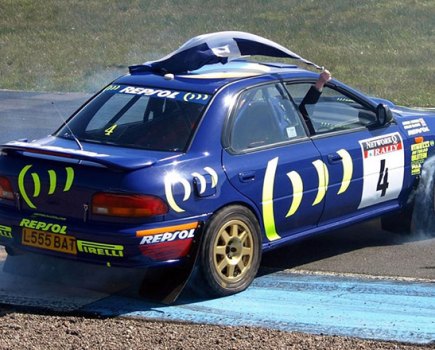To live with a Traveller, you need to accept that preventative medicine is the way to go. Just as you should rust-proof a steel-built classic, so you must ensure the wood on a Traveller does not suffer as a result of the British weather.
Not that it’s all wood-related. Naturally a Minor is a complete joy to work on, so basic servicing shouldn’t prove too much of a challenge. Parts are plentiful, there is generally loads of room for access and an owner’s manual and a decent stash of parts is all you need.
BASIC WOOD PROTECTION
If fitting new wood, you could go down the route that Morris went down itself: Its method was to soak the wood in warm Cuprinol for a full 24 hours before letting that dry and then applying varnish. You can follow a similar procedure by giving the wood several coats of Cuprinol or another preservative. Let each coat dry, then reapply several times. Once done, yacht varnish is the best option for a top coat. Some like to apply several diluted coats, rubbing it down each time after each coat has dried – you can start to see why Travellers are so labour-intensive. There’s nothing too advanced about applying these coats, but it all takes plenty of time. After a few coats, a couple of undiluted coats of varnish should complete things. You should expect to do some topping up every couple of years.
It is better to treat all the wood prior to fitting. Allow plenty of time for it to dry so you don’t impregnate it with oily fingerprints. Treating before assembly is really the only way to ensure good coverage. Regular washing will help, as will ensuring the car is dry before putting the car away in a garage, especially if said garage is poorly ventilated. Don’t forget to protect the steel bits too!
UPGRADES
There’s very little that hasn’t been done to a Morris Minor. We’ve even seen them converted to front-wheel drive! Sticking with more sensible modifications though, naturally larger or tuned A Series options are plentiful, but you will immediately run into issues if you don’t beef up the half-shafts and brakes at the same time as you add more power. Larger drums from a Riley 1.5 are one option, but disc brakes are increasingly finding favour, backed up by a servo conversion. David Manners’ Morris Minor Centre sells a complete disc kit for £522 which includes callipers, discs, pads, hubs, flexi-hoses and all the required fasteners. That’ll make a huge difference to stopping distances – also consider a servo for £162, which will reduce the pedal effort required. Some find a servo is enough to instil more confidence.
In terms of suspension, there seems to be a general consensus that a front anti-roll bar allied to telescopic rear dampers make a very real difference. The car should feel more planted and the back end should feel less skittish. Andrew Eggleton sells a rear telescopic kit for £103.20 – or £138 if you’d prefer gas dampers. Uprating the front dampers makes less difference – you might find just changing the oil in the existing dampers a preferred option. Charles Ware offers a range of suspension modifications from around £200 (anti-roll bar, fitted) up to £852 for a front suspension upgrade complete with disc brakes. Charles Ware also offers a Ford Type 9 gearbox conversion for £2250 fitted. That makes the Minor much more relaxed at speed, though you lose that cute first gear whine as all gears have synchromesh.
More grip is often a good thing and fitting commercial-spec 4.5J width wheels will help. That gives a wider range of options when it comes to tyres, and gives the car a rather pleasant look we reckon. ESM sells them for £45 each. Pleasingly, the Traveller’s spare wheel holder can handle a 155-width tyre quite easily – which is not the case with saloons.
ESM also sells heated rear window glass for the Traveller at £95.40 the pair, plus £17.95 for postage. As you can see, there really is no shortage of suppliers nor different options. Whatever you’d like to do, chances are someone already has!




